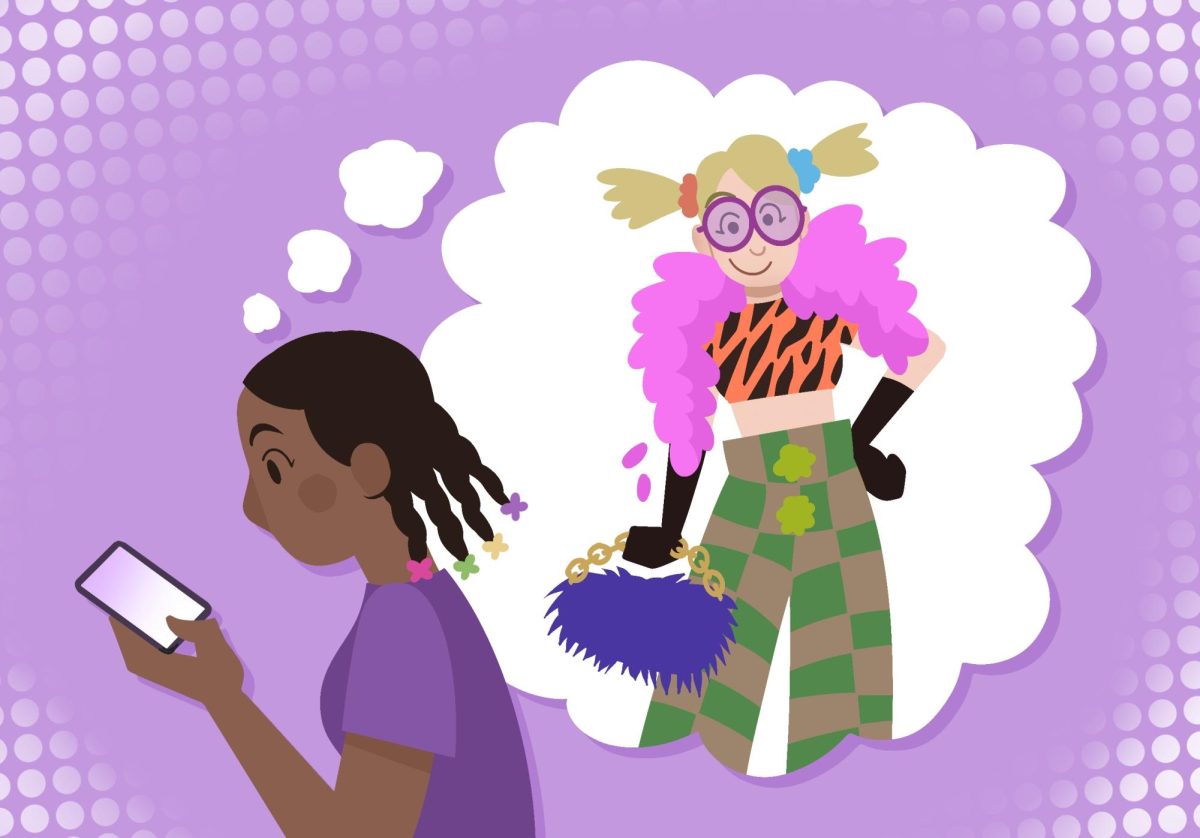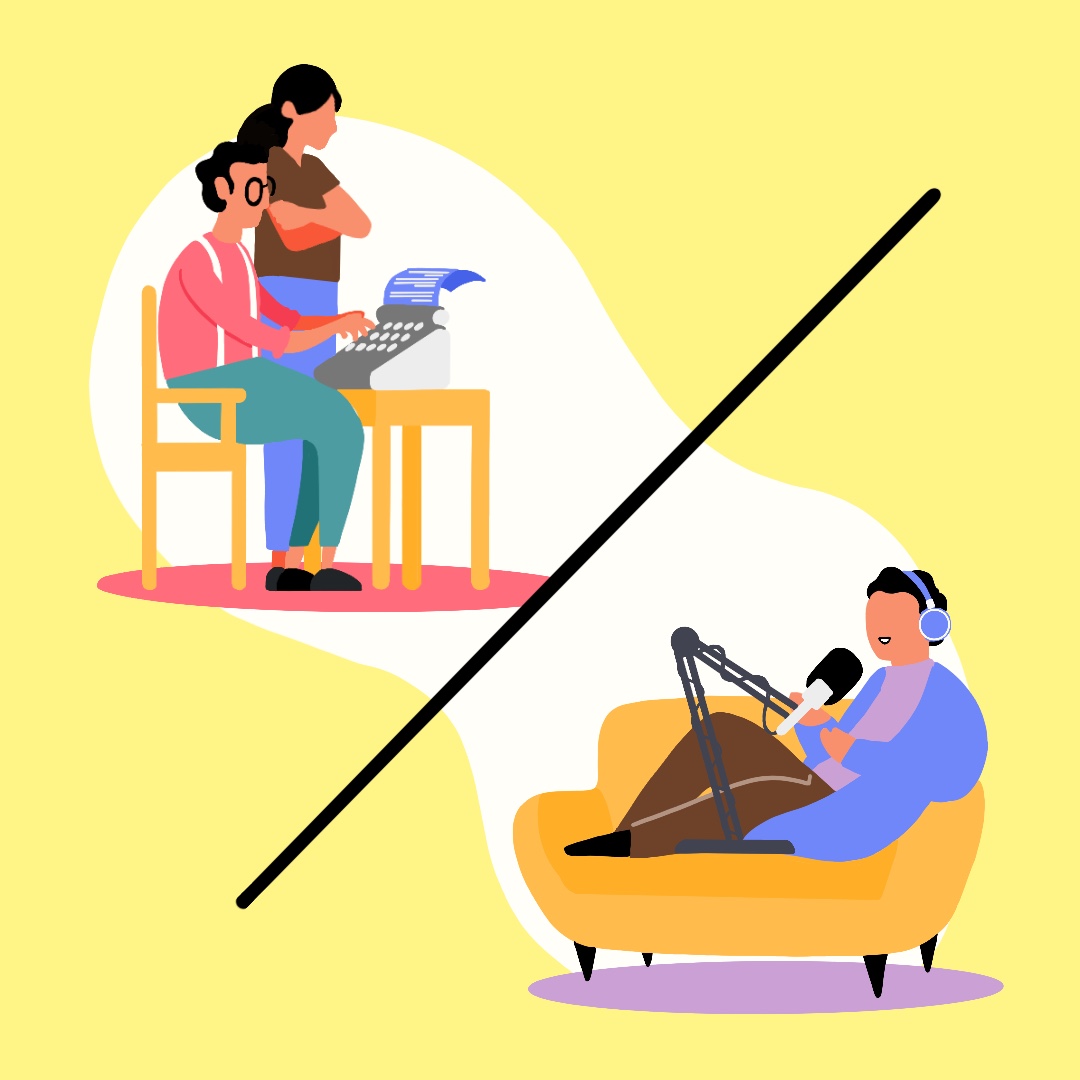“Minnesota Nice” is a passive-aggressive behavior that people use to insinuate nice manners while not necessarily intending to communicate the corresponding behaviors. Navigating Minnesota Nice could be confusing to international students because they are not familiar with American culture in general, nor with Minnesota’s particular culture. However, depending on the cultural background of international students, they may experience Minnesota Nice either positively or negatively.
International students deal with simultaneous challenges because they have to achieve mastery of the English language while also adapting to American culture. Yet this presumption that the host culture is homogeneous lacks accuracy. American culture has diverse internal variations, so much so that international students are faced with the question: “to what specific American culture should they assimilate?”
While international students often strive to adapt to their newfound environment, American students will also benefit from engaging with international students and experiencing various cultures. In doing so, both international and local students have to invest in learning each other’s culture. It is common for American students to study abroad to gain a global perspective — yet they are lucky to have many international students on campus, most of whom have an expansive repertoire of knowledge about the places from which they immigrated.
Alas, international students often cling to each other, while American students form their own impermeable cliques. This defies the purpose of cultural diversity at any university and flies against the notion of global citizenry. Therefore, cross-cultural exchange of ideas can occur at university campuses, yet those opportunities are often not seized.
A student reported positive experiences of Minnesota Nice when a barista struck up a conversation while preparing her order, or when public transportation drivers filled the silence with good chats — so Minnesota Nice is not always associated with negative consequences.
However, Minnesota Nice is often discussed in critical language because of the confusion it creates. For example, an international student blamed Minnesota Nice for her inability to make new friends since she moved to the University of Minnesota, and she. Her belief that Minnesota Nice poses challenges for making meaningful friendships might preclude her from even attending social events where most people make friends.
For another student, Minnesota Nice leads to awkward moments. When reconnecting with Minnesotan friends, whom he had not seen in a while, they will say, “oh, we did not hang out in a while,” to which he will respond, “yes, let us hang out soon.” But his friends will show reluctance in acting upon their nice manners. That is the conundrum between the text and subtext, between what is said and what is meant. Whenever there is an incongruence between actions and intentions, human communication and connection can be hindered.
When meeting new people, we think putting stereotypes aside and treating every individual with a clean slate is the best way to form friendships. People, whether in Minnesota or elsewhere, are different — and it is better to proceed with positive assumptions. We believe that a mutual engagement between international and American students at U.S. universities is the right course of action. Students will greatly benefit from stepping out of their cultural comfort zones and from connecting with those with different backgrounds.
Abdulrahman Bindamnan is PhD Student at the University of Minnesota College of Education and Human Development. He can be reached at binda019@umn.edu
Srna Zafirovska is an MS Student at the University of Minnesota College of Education and Human Development. She can be reached at zafir002@umn.edu








